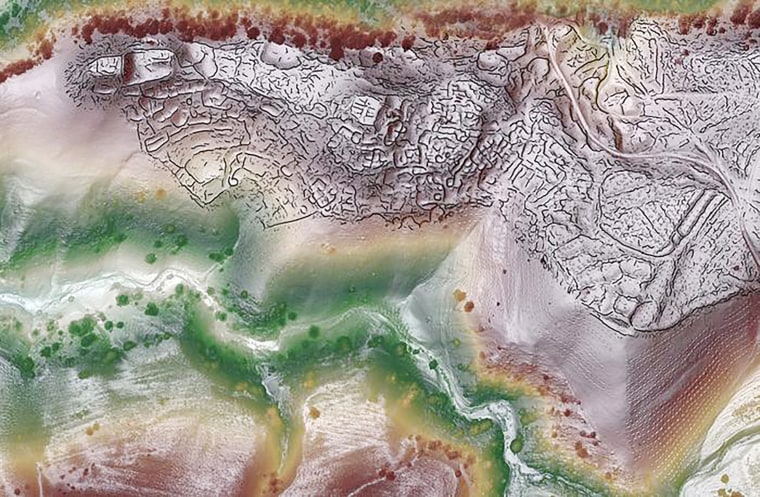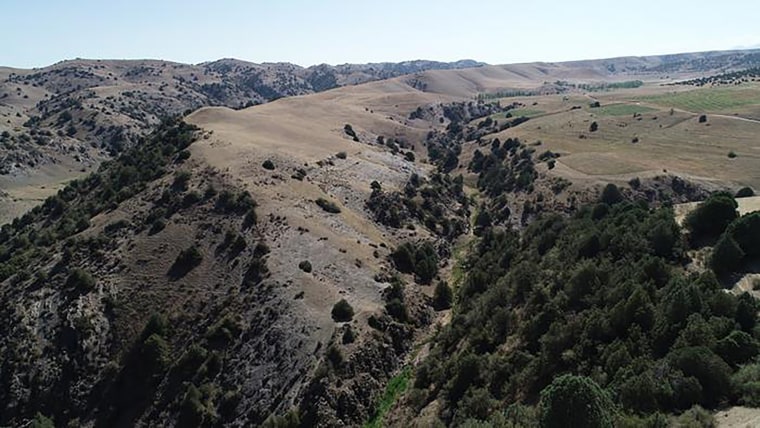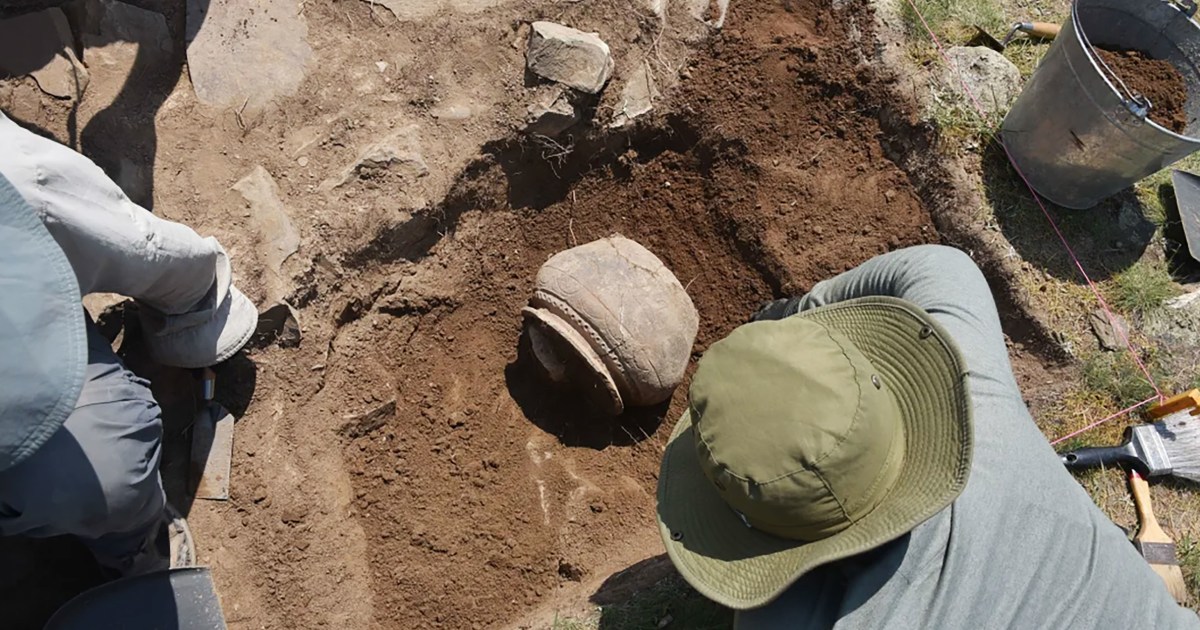Traversed centuries ago by camel-back traders, two long-lost medieval cities that once thrived along the ancient Silk Road have been uncovered by drones sent searching for their secrets.
For centuries, these abandoned cities lay hidden beneath the mountains of Central Asia. But new research, published Wednesday in the journal Nature, reveals two fortified settlements that were once perched along a key crossroad of silk trade routes.
This groundbreaking research in southeastern Uzbekistan could shift our understanding of the Silk Road, a vast network of trade routes that spanned from China to the Mediterranean.
On conventional maps, trade routes spanning the Eurasian continent were assumed to avoid the mountains of Central Asia. But the new research shows the Silk Road network was larger than previously predicted.
Using modern drone mapping technology known as LiDAR — light detection and ranging equipment — the team of archaeologists found that the two cities, Tashbulak and Tugunbulak, were once bustling urban centers despite their isolation and elevation.

The work was led by Michael Frachetti, professor of anthropology at Washington University in St. Louis, alongside Farhod Maksudov, the director of Uzbekistan’s National Center of Archaeology.
Frachetti’s team began conducting archaeological work at Tashbulak in 2011, with research at Tugunbulak commencing in 2018. However, the project was put on hold because of travel restrictions during the pandemic.
Over time, technological advancements have revolutionized the discovery and mapping of urban centers in landscapes that are largely inaccessible because of obstacles such as dense vegetation.
Thanks to this new drone-based remote sensing system the team were able to captured images revealing two large urban settlements dotted with watchtowers, fortresses, complex buildings and plazas.
Frachetti and his team did not expect the technology to uncover the level of detail it revealed, however.
“We were quite surprised when the imagery was compiled, since the high-resolution reveals so much about the structure of the cities and with such clarity,” Frachetti told NBC News in an email Thursday.
Although many large urban centers have been discovered in Central Asia, the vast majority of archaeologically documented cities are in lowland riparian settings.
Tugunbulak and Tashbulak are 3 miles apart and around 7,000 feet above sea level. Large urban centers above 6,000-feet elevation are extremely rare, Frachetti said in his research paper.
Tim Williams, professor of silk roads archaeology at University College London in England, emphasized the significance of the findings, which reveal a more complex upland urban landscape than previously imagined.
“This is a ground-breaking piece of research, which demonstrates how linking modern non-invasive survey methods, especially drone based survey, can considerably enhance our understanding of ancient landscapes and human adaption,” he said in an email.
Frachetti envisions the cities as being home to a wide range of communities such as craftsmen, traders, herders, political elites and soldiers.
“These were large settlements with markets which likely had bustling activity common to most urban settings of the time,” he said.

According to the radiocarbon dating, both cities rapidly declined around the first half of the 11th century, “a time of political division among the prevailing political powers,” Frachetti said.
The research indicates the two cities produced iron or steel to sell, as well as providing fuel for Silk Road travelers, with the region being surrounded by dense juniper forests.
These cities are predicted to have engaged in metal production, and may have also over-exploited the nearby forest resources beyond a point of economic sustainability, leading to its abandonment.
“We think the causes of the settlements’ ultimate decline were multifaceted, and we hope our ongoing archaeological excavations will provide greater clarity in the years to come,” Frachetti said.








